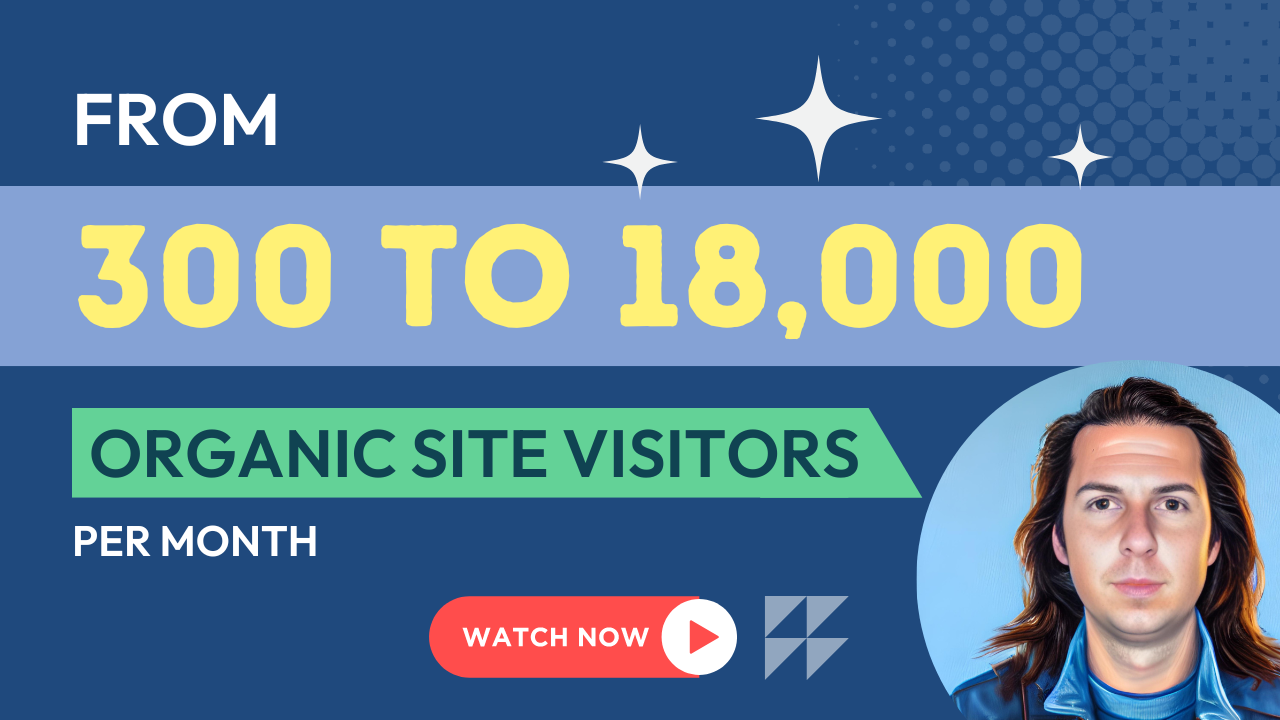It seems simple but there are a lot of little nuances to a well-optimized Adwords account that's going to deliver roi for your business. I'll take you through them now.
1. Breaking Out Keywords into Ad Groups
For any one product or brand, there may be dozens if not hundreds of keywords you would want to use to attract traffic. To ensure you're getting the best results from your Adwords campaigns, stick to bucketing your terms into no more than 8 terms per ad set. This wouldn't include terms with multiple match types. For example, "marketing agency chicago" and [marketing agency chicago] would count as one term. If you're unsure default to using fewer terms. If you're just getting started, you should default to simplicity so you can learn while spending less money, not more.
2. Set up Conversions on your Website
In previous years, running ads without conversion tracking was not a best practice, but possible. It's now essential that you have conversion tracking operating properly to ensure you're getting the best results from your paid search marketing. Setting this up is best done using Google Tag Manager. Using Google Tag Manager, you will be given the option to add a snippet of code to the backend of your website, which will then live within a container within Google Tag Manager.
3. Use a landing page optimized for capturing leads
You may have developed a pillar page to rank for a term that's important to your business, which is a great best practice for improving your organic traffic and demonstrating your expertise on a topic. But a long-form page with a form at the very bottom may not be optimal for the ROI of your paid search marketing.
A landing page optimized for leads should include a form, generally on the right hand side of a page, very close to the top of the page. Since paid search brings traffic with higher intent than most marketing channels, you shouldn't be shy about prompting the conversion in the above-the-fold section of your landing page. The form on the right hand side of the page should be paired with brief benefit points on the left hand side.
When viewed on a mobile device, the copy on the left hand side with rearrange to be immediately above the form. So, when a visitor scrolls past the first mobile screen, they'll receive their prompt to convert immediately after being able to evaluate if your offer matches their needs.
How should your landing page be formatted for conversions?
Consider breaking your landing pages out in the following format:
- Above the Fold Header
- Elevator Pitch / Form
- Reason to Believe 1
- Reason to Believe 2
- Testimonials or Client Logos
- Problem Areas You Can Address:
- More Testimonials
- What Makes Us Different / Team Headshots and Job Titles
- Testimonial
- Closing CTA | Form
Interested in what a wireframe of this type of page might look like? Contact us to learn more.
4. Use ad / site extensions with your ads
Your ad will have a headline, a link to your website and some supporting subtext. But you also need to add sitelinks to your ads. Sitelinks serve to turn give a searcher some context into what pages exist on your website. They operate almost like a thumbnail of an image.
5. Use At least 3 ads in a single ad set
Multiple ads are essential, because Adwords will want to collect data on which ad is most effective. Having multiple ads in one ad set gives Adwords multiple variables to test out, to your benefit. One way to vary your ads is to test different styles of copy. For example, you may want to test listing key features in one, while you list benefit points in the other.
6. Managing the locations of where your ads are served
You may have gone into Adwords thinking about being in the top 3 positions when you conduct a standard Google search. But pay attention to the networks your ads are being served on. The point of using paid search is to capture traffic from explicit intent of typing keywords into a search engine. Google will make additional inventory available to you via their display network. This inventory will be a listing of websites that should be tangentially related to your brand, but the traffic will be far less valuable. Why? Intent, or lack there of. Passive traffic from websites only related to your subject matter don't come with the all-important element of intent that comes from an active Google search.
7. Select countries that are likely to contain potential customers
It's a big world out there, which, if you don't select proper targeting in your campaigns, will be apparent sooner than later. Be realistic about where your clients or customers will be coming from. If you're not going to be selling in India, it's best to exclude India from your ads. Traffic to your website is not all equal. There are plenty of means within Adwords to get the highest quality traffic available. But not all Adwords traffic was created equal.


